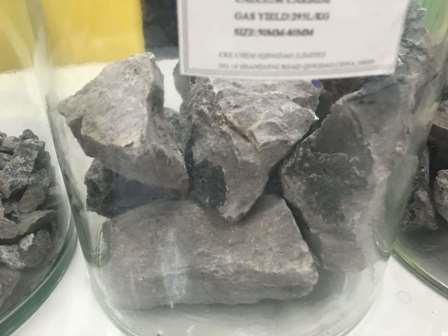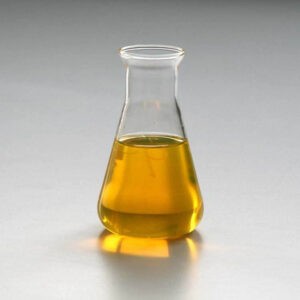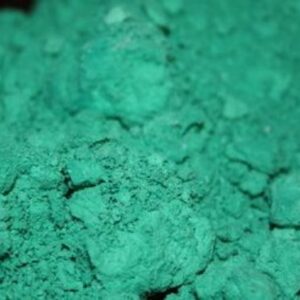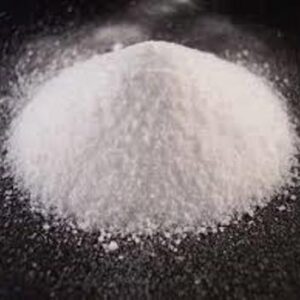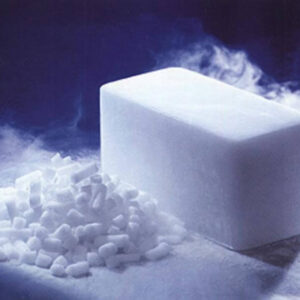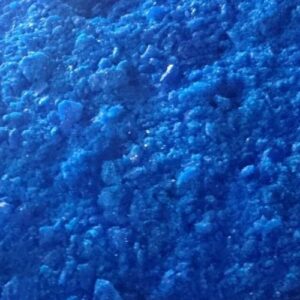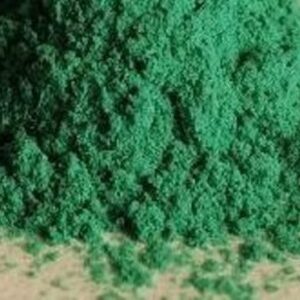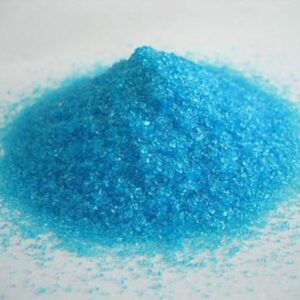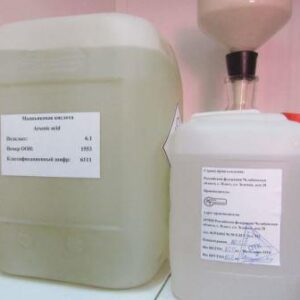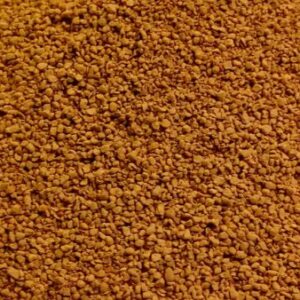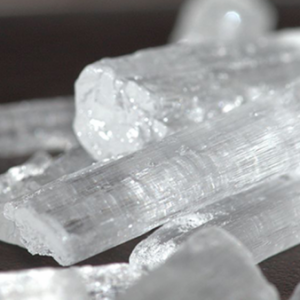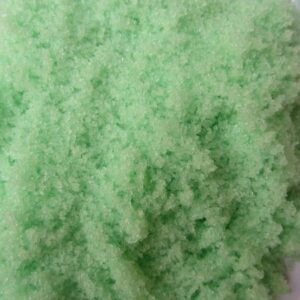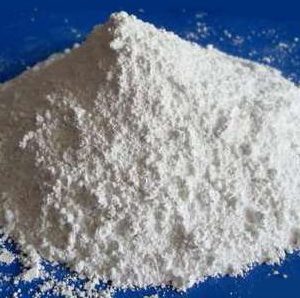Classification: Other Inorganic Salts
Industrial Grade,
Purity: 80%
Size: 1-25mm/25-50mm/50-80mm
Appearance: lumps
Color: grey
Application: Acetylene Gas Production
Gas yield: 295L/KG~305L/KG
Package: 50kg/100kg sealed iron drum
Grade: Industrial/calcium carbide stone
Calcium Carbide Specification:
The material should conform to the following chemical compositions corresponding to minimum 300 cc of gas evolved per gm of Calcium Carbide at a temperature of 27 0C and 760 mm of Hg pressure taking all losses into consideration during analysis as per the testing method indicated in IS-1040-1987 (Third Revision).
| CaC2 | = | 80% * | |
| Ca(CN)2 | = | 0.6% | Maximum |
| CaO | = | 16 % Maximum | |
| Si | = | 1.2% | Maximum |
| Fe | = | 0.6% | Maximum |
| Al | = | 1.5% | Maximum |
| Total Sulphates | = | 1.0% | Maximum |
| Free Carbon | = | 1.2% | Maximum |
| Chlorides | = | Maximum 100 ppm | |
| Sodium | = | Maximum 65 ppm | |
1.1 Commercial sizes and dust content
Calcium carbide is manufactured in the following graded sizes and designated accordingly:
| Size | Particle size [mm] |
| 2/4 | 2 to 4 |
| 4/7 | 4 to 7.1 |
| 7/15 | 7.1 to 16 |
| 15/25 | 16 to 25 |
| 25/50 | 25 to 50 |
| 50/80 | 50 to 80 |
Table 1: Graded sizes of calcium carbide
Other intermediate sizes are possible, for example 15/50, 15/80, 25/80.
For some graded sizes there are specifications other than the simple particles size:
- Calcium carbide of a size 2/4 or above should not contain more than 5% by weight of oversize, and not more than 15% by weight of undersize, including dust. Furthermore, of this 15% by weight of undersize, at least 70% by weight should consist of the next finer
The oversize should belong only to the next coarser size. Needle-like pieces should not, in a longitudinal direction, be more than 1 1/2 times the length of the corresponding upper limit of the particle size.
- Oversize pieces of calcium carbide size 50/80 must pass through a test sieve of 90mm hole size.
Calcium carbide can exhibit the following dust content on delivery to the acetylene plant:
- For sizes 4/7 to 15/25 maximum of 2% by weight; and
- For sizes 25/50 and 50/80 maximum of 1% by
Some processes use small size calcium carbide with the addition of oil to reduce the blockages in calcium carbide feeders.
1.1 Porosity
The porosity of the calcium carbide will impact the reaction in the generator. Increasing the porosity will increase the reaction speed and possibly introduce air into the generator.
There is no specification for porosity, but this parameter should be taken into account when:
- Trying to find a reason for a fast, unexplained reaction speed in the generator; and
- Changing calcium carbide
1.2 Impurities of calcium carbide
The following impurities can be found in calcium carbide:
- Inert substances;
- Free carbon: Should be less than 1% by weight;
- Ferrosilicon compounds: Should be less than 1,5% by weight; and
- Aluminium oxide- derived from the limestone used to produce the calcium carbide affects the sedimentation
1.3 Gas yield
To conform to this publication, calcium carbide shall show the following minimum average gas yields:
- Sizes 25/50 and 50/80: 300 l/kg
- Size 15/25: 280 l/kg
- Sizes 4/7 and 7/15: 260 l/kg
The actual values obtained cannot be more than 3% below these figures; this is to take account of variations in sampling and in the analysis of the calcium carbide.
No figures for the gas yield can be guaranteed for sizes under 4 mm.
1.4 Purity of generated acetylene
The purity of the gas is generally measured in terms of its phosphine content. Where necessary, the hydrogen sulphide content is also determined.
The content of phosphine is determined by colorimetric tubes.
For many applications, the phosphine content of the crude acetylene is generally accepted as 0.06% by volume (600 ppm); some calcium carbide produces more than 600 ppm.
Higher phosphine content can be reduced by using purifiers in the acetylene production process.
When changing calcium carbide supplier, the phosphine content of the acetylene can change and require an updated chemical exposure risk assessment and possible impacts on user applications, for example flame quality and characteristics.
1.5 Sedimentation
Calcium carbide produces lime slurry that will settle at different rates.
In general, a fast settling slurry is good to separate water from slurry in a pond; a slow settling lime is good to avoid blockage of pipes in the low pressure parts of the plant.
The selection of the calcium carbide is a plant specific activity and the measurement method is described below. Specific attention shall be paid to sedimentation when selecting calcium carbide, because the possible consequences could be the blockage of parts of the plant.
1.6 Briquettes
The use of briquettes will impact the rate of reaction in comparison with a normal grade calcium carbide. One advantage of briquettes is the possibility to insert additives to modify the sedimentation rates.
2 Measurement of specifications
For the measurement of the above properties refer to DIN 53922, Calcium carbide [1].
The standard is withdrawn, but the methods specified in it are still valid and compatible with current practices.
3 Measurement of sedimentation
Sedimentation properties are not defined in DIN 53922 [1] and there is not a single sedimentation parameter to be used as a reference for defining the properties of generated lime.
The main factors that influence sedimentation are:
- Ambient temperature;
- Content of aluminium (and also iron) content, measured as Al2O3: the lower the content, thefaster the sedimentation rate; and
- Crystalline structure of calcium carbide formed during its production: this is influenced by the cooling
A method for determining settlement properties is to use settlement columns to conduct experiments where the % of lime over the initial volume is measured versus time
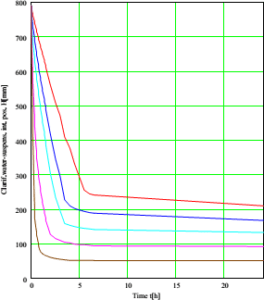
Figure 1 Examples of sedimentation curves
The sedimentation curve will then be compared with curve from a known and suitable calcium carbide, in order to verify if it satisfies the request.
4 Packing
The calcium carbide is to be supplied in containers conforming to the provisions of ADR, European Agreement concerning the International Carriage of Dangerous Goods by Road [2].
All containers in which calcium carbide is supplied shall be closed so that they are air and water tight and be filled as full as possible.
For dispatch, the regulations appropriate to the means of transport employed shall be observed.
According United Nations Manual of Test and Criteria [3] packing group I shall be assigned for this product.
5 Marking
Calcium carbide conforming to this publication shall be marked on the container with the following details:
- Designation of the size grading;
- The manufacturer's name or symbol;
- ADR marks according Packing Group I; and
- Hazard label according to
Ask Your Question
WhatsApp:
+ 372 581 788 67
e-mail:
sales@hippocampus.ee

